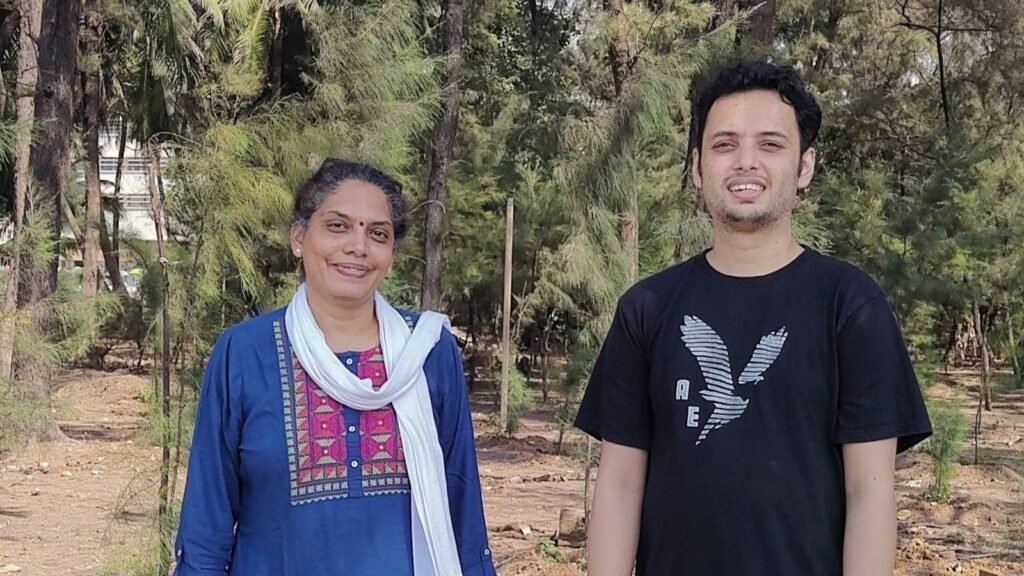An international network of gravitational wave observatories has reported the detection of the merger of two black holes that are the biggest that have ever been observed in this kind of an event.
Two black holes, one of them 140 times more massive than the Sun, and the other 100 times bigger, merged to result a black hole estimated to be about 225 times the size of the Sun.
The detection of the gravitational waves from this event, which actually occurred billions of years ago, was made by the LVK network of observatories, involving the LIGO detector in the United States, Virgo in Italy and KAGRA in Japan.
LIGO, which stands for Laser Interferometer Gravitational Wave Observatory, is a set of two detectors in the United States that was the first one to detect gravitational waves in 2015. That discovery gave the first experimental validation of the existence of gravitational waves, which had theoretically been proposed in Einstein’s General Theory of Relativity 100 years ago. It had resulted in a Nobel Prize two years later.
The global gravitation wave detection network has since then expanded to Virgo observatory in Italy and KAGRA (Kamioka Gravitational Wave Detector) in Japan. India is in the process of building the third detector of LIGO, which will be known as LIGO-India. Indian scientists from 17 different institutions are already part of network.
The study of gravitational waves provide scientists a new tool to understand the workings of the universe, which was unavailable ten years ago. The LVK network has so far detected hundreds of events in the past that produced gravitational waves, most of them involving mergers of two black holes.
The latest discovery, given the name GW231123, is exceptional because it involves the biggest black holes to have been observed in any such event.
“Typical black holes from stellar collapse are under 60 solar masses and hence intermediate-mass black holes like those detected in GW231123 (100-120 solar masses) are hard to explain,” Prof Archana Pai from the Department of Physics, IIT Bombay and principal investigator of the LIGO-India Scientific Collaboration, told The Indian Express.
She said scientists believe that more massive black holes are formed via a hierarchy of mergers of smaller black holes. “Such a hierarchy might be responsible for the formation of a supermassive black hole, the engine of any spiral galaxy,” she added.
Story continues below this ad
According to an official statement issued on Monday, the two black holes that merged were a colossal 100 and 140 times the mass of the Sun. In addition to being extremely massive, they were also spinning incredibly fast, making this a uniquely challenging signal to interpret and suggesting the possibility of a complex formation history.
“One of the detection algorithms used for the detection was developed by the IIT Bombay group in collaboration with the LVK. IIT Bombay alumnus Koustav Chandra (now in the United States) significantly contributed to the analysis and interpretation of the event,” Pai said.
Mark Hannam, a professor at Cardiff University and a member of the LIGO Scientific Collaboration said, in a statement that the detection of GW231123 event presented a challenge to the current understanding of black hole formation.
“Black holes this massive are forbidden within our current understanding of the formation of these objects from the evolution of massive stars. One possibility is that the two black holes in this binary formed through earlier mergers of smaller black holes,” he said.
Scientists said the discovery has important implications for understanding the astrophysical environment that black holes are found in, whether black holes are more likely to collide, or whether the orbits of black holes are more elongated than spherical.
Story continues below this ad
Alternative scenarios could also arise, opening up new directions in theories of gravity, astrophysics, cosmology, particle physics, or cosmic strings. Researchers are continuing to refine their analysis and improve the models used to interpret such extreme events.
GW231123 will be presented at the 24th International Conference on General Relativity and Gravitation (GR24) and the 16th Edoardo Amaldi Conference on Gravitational Waves, held jointly as the GR-Amaldi meeting in Glasgow, UK, from July 14-18, 2025.
According to Koustav Chandra who wrote the main part of the paper about the searches and also helped write the summary of the science results, “This signal, just a tenth of a second long, was a real puzzle at first. Yet it matched the waveform of merging black holes, just as Einstein’s general relativity predicts. We realised that we may have, for the first time, witnessed the collision of two intermediate-mass black holes. But uncovering its true origin and extracting all the science out of it will take years and will help us advance our theoretical tools in the process,” he said.

